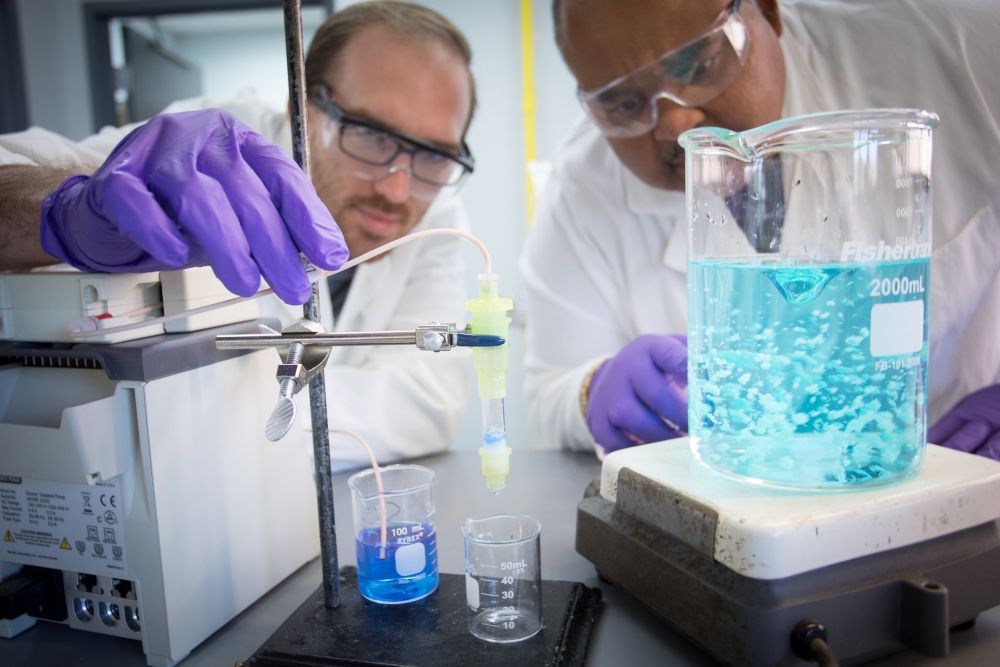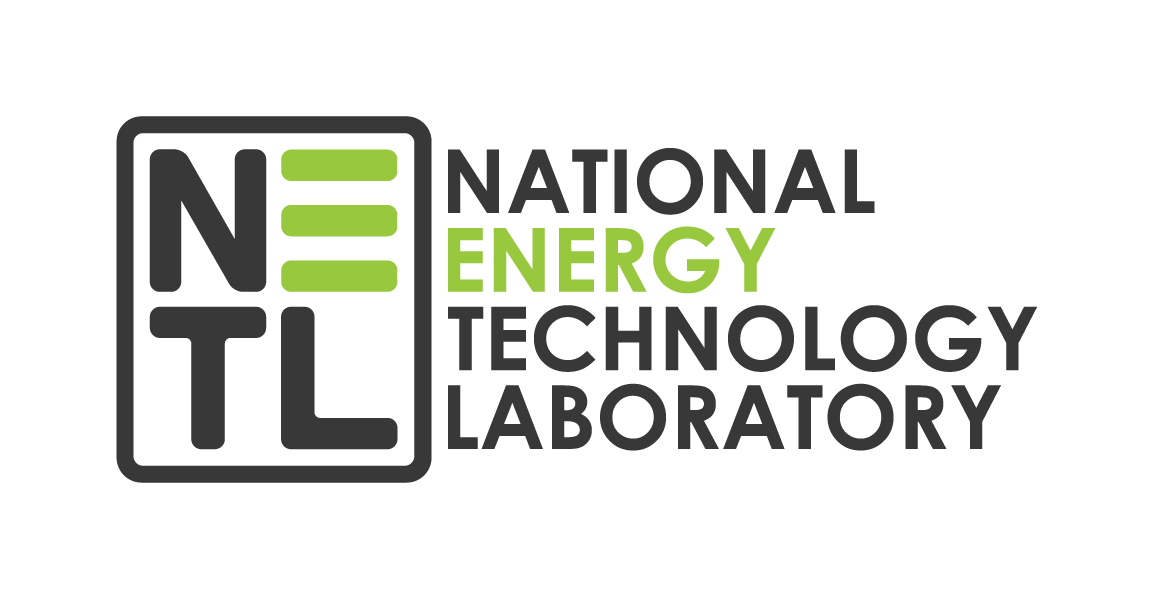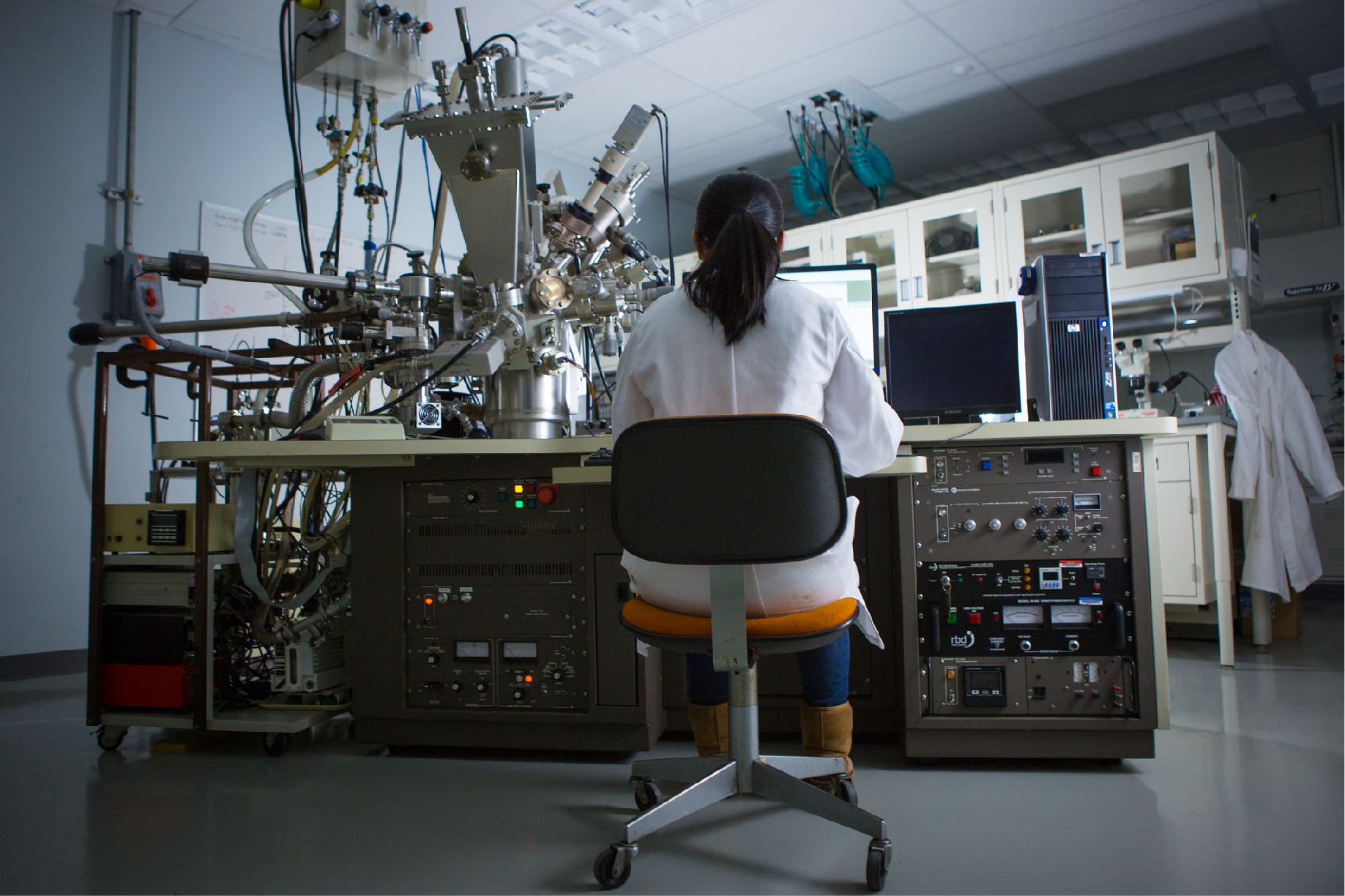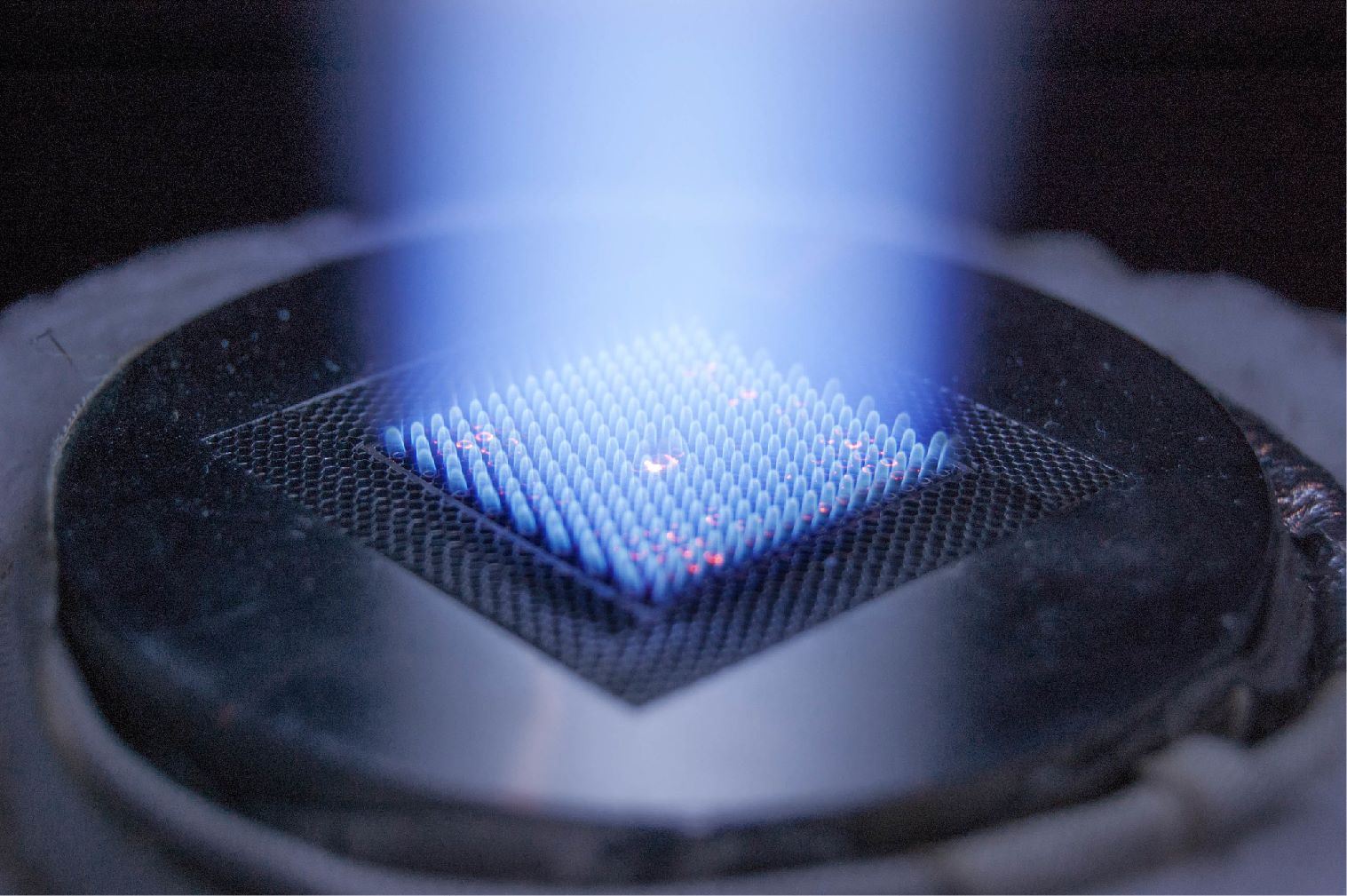Early Innovations in Coal
Coal has played a foundational role in human progress and industrialization. Its use dates back to ancient civilizations, with evidence of coal used for heating and metalworking as far back as 2000 B.C.E. in China. By the Middle Ages, coal became critical for blacksmithing and small-scale industrial applications in Europe. The Industrial Revolution marked a turning point as coal-fueled innovations like steam engines powered factories, railroads and steel mills, helping to drive global economic expansion. Over time, coal evolved from a local heating source to a cornerstone of large-scale energy production, ultimately supporting the rise of modern electricity. In the United States, commercial coal mining began in the early 18th century and quickly became a linchpin of industrial development, driving the machinery of the 19th century and supporting electrification in the 20th century, thus laying the foundation for the modern energy landscape.
1712
First Coal-Powered Steam Engine
Thomas Newcomen developed the first steam engine powered by coal, followed by James Watt’s improvements, transforming industrial power and transportation during the Industrial Revolution.

1730s
First Commercial Coal Mine in the US
Coal was discovered in the Chesterfield County area near Richmond, Virginia, in 1701. By the 1730s, the United States was mining coal commercially in Chesterfield County, marking the start of the coal industry in the United States.
1882
First Coal-Fired Power Plant in the US
Thomas Edison established the Pearl Street Station in New York City, marking the first commercial coal-fired power station. This station provided the first electric light to Wall Street financiers and the New York Times.
1907
"Bloody December" Mine Disasters
In December 1907, 362 miners lost their lives in a series of tragic mine explosions in Monongah, West Virginia. This led Congress to create the Bureau of Mines to increase mine safety.
1910
Bruceton Experimental Mine and Pittsburgh Experiment Station Established
Under the Organic Act of 1910, Congress authorized the creation of the U.S. Bureau of Mines, including the Bruceton Experimental Mine, about 13 miles south of Pittsburgh, and the Pittsburgh Experiment Station, now Hamburg Hall of Carnegie Mellon University, which focused on improving coal mining safety and efficiency.
1911
Bruceton Experimental Mine Explosion Demonstration
On Oct. 30, 1911, the Bruceton Experimental Mine hosted the first public test of a coal dust explosion in air and helped prove that coal dust could explode without the presence of methane gas.
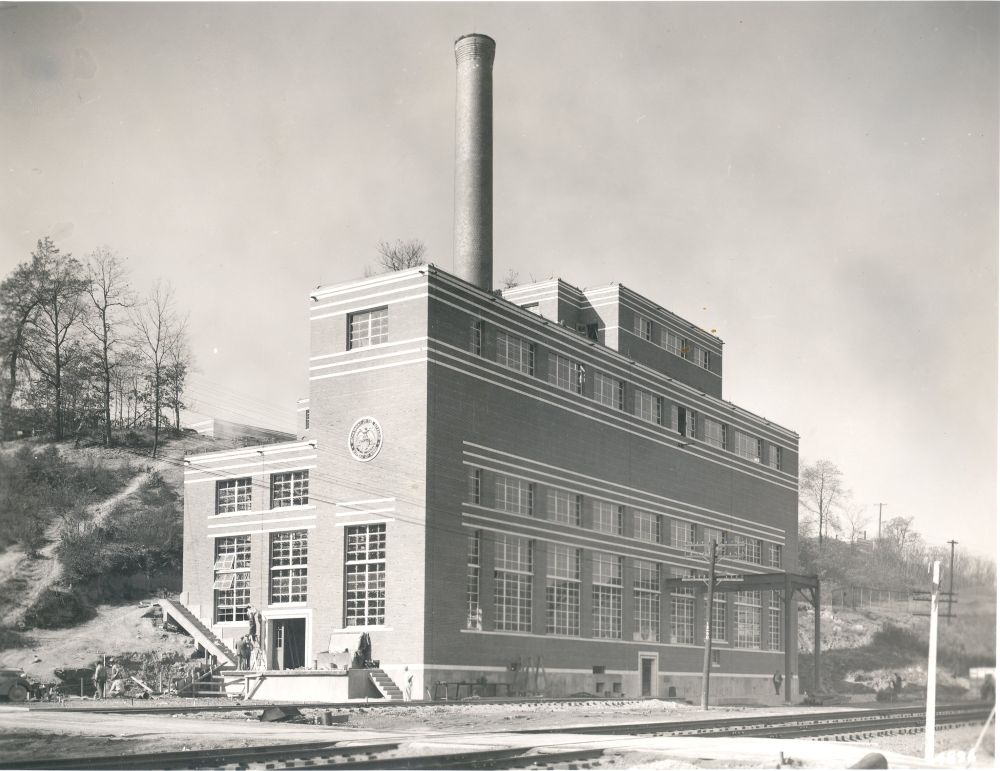
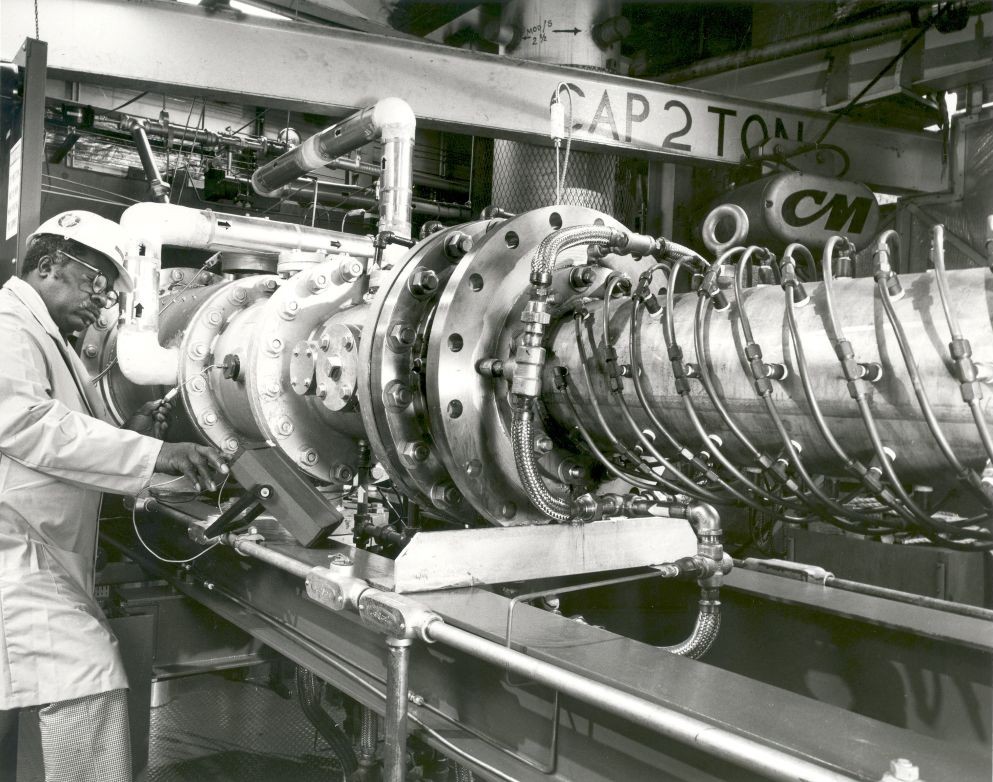
1970s
Coal Leads Electricity Generation in the US
By 1961, coal was the leading fuel to generate electricity across the United States. In addition to being used for electricity generation, coal was also used in furnaces for heating and stoves for cooking.
1984
National Coal Council Established
The National Coal Council was established to advise both government and industry on ways to improve cooperation in coal research, production, transportation, marketing and use.
Early 2000s
Mercury Control Technology Commercialization
Federal energy researchers in Pittsburgh and Morgantown combined inhouse expertise with large-scale external industry partner collaborations to develop and commercialize mercury control technologies, significantly reducing emissions from coal-fired power plants. DOE national laboratories, primarily NETL, have made substantial contributions related to coal-based innovations.
Today
Today, DOE’s national laboratories, led by NETL, are driving coal-related research to advance energy security and affordability, focusing on extracting critical minerals and rare earth elements, producing high-value products from coal and its byproducts, and engineering high-performance materials to enhance the efficiency and durability of advanced energy systems. In September 2025, DOE announced a $625 investment to fortify the American coal industry. These investments seek to support coal communities, enhance energy production, and ensure widespread access to reliable, affordable energy.
